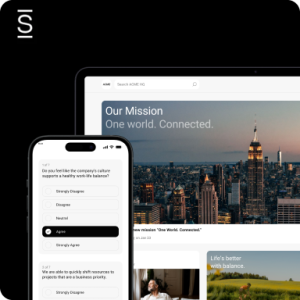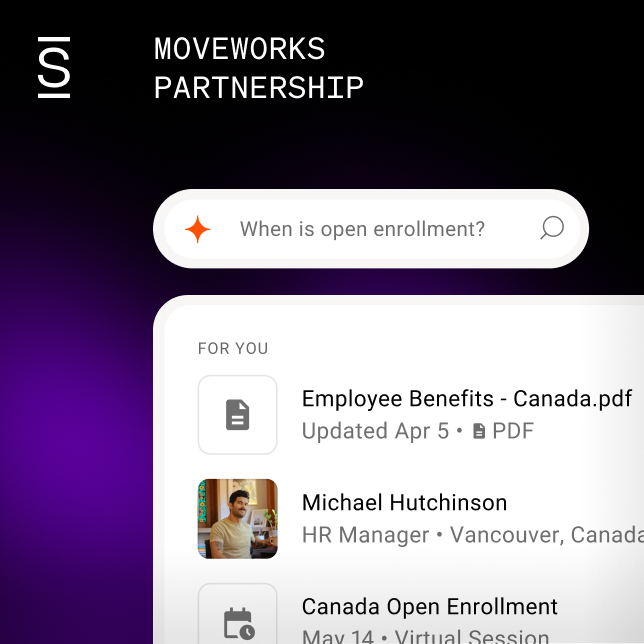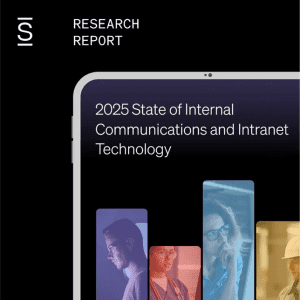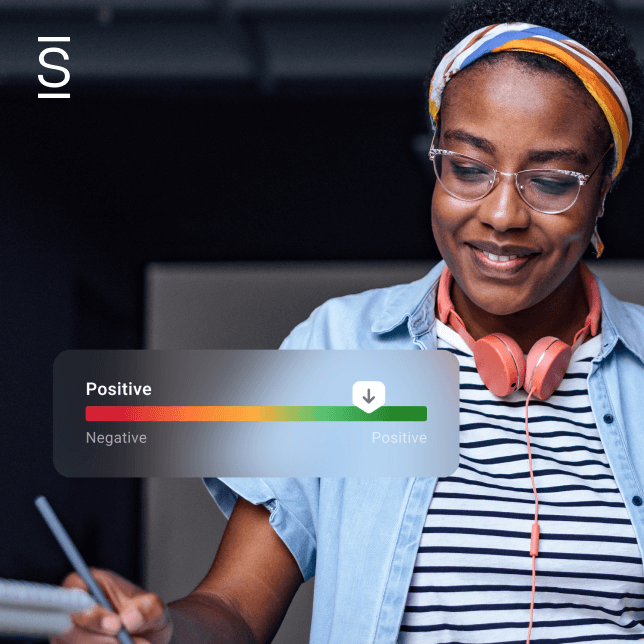Your employees know things you don’t. They see the software that crashes every Tuesday, the process that wastes two hours daily, and the client complaint that keeps surfacing but never reaches your desk. They also have ideas about how to fix these problems. The question is whether you have an effective employee listening strategy in place to hear any of it.
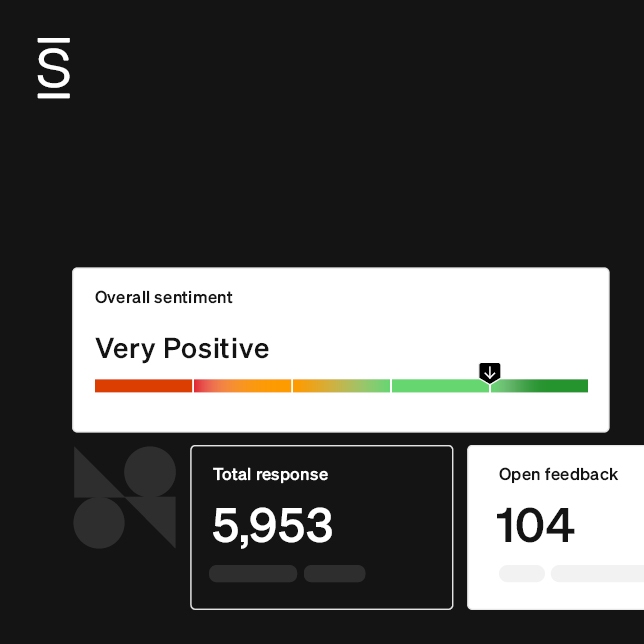
The importance of an employee listening strategy: Are you doing it right?
Many companies send out occasional surveys or hold town halls where few, if any, employees speak up, then wonder why engagement scores stay flat. Meanwhile, the people doing the ground work watch preventable problems pile up while their suggestions disappear into email chains that lead nowhere. Smart organizations create real channels for employee input and actually use what they learn.
Are you listening to your employees? Employee listening is a strategic investment that enhances employee well-being and contributes to the organization’s long-term success.
Effective employee listening strategies and programs can boost employee engagement, leading to improved satisfaction and productivity.
Before we explore these strategies, let’s be sure we don’t confuse active employee listening with employee monitoring. There’s a clear distinction between the two.
Employee monitoring vs. employee listening
When companies decide to pay closer attention to their workforce, they face a fundamental choice. They can watch what employees do, or they can listen to what employees say. These approaches produce vastly different results, not to mention employee reactions.
What is employee monitoring?
Employee monitoring refers to using technology, tools, and processes to observe and track various aspects of employees’ activities in the workplace.
The goal of monitoring is to ensure adherence to company policies and protocols by collecting data on employee behaviors and interactions.
This is often compared to a workplace surveillance system, which can be perceived as somewhat invasive by employees. Yet, when applied thoughtfully, monitoring can support essential organizational goals such as compliance, security, and operational integrity.
Traditional monitoring practices evaluate whether someone is engaging in behavior that violates company policy or actions that may warrant investigation. This approach, however, can create tension and lead to a culture of distrust and encourage employees to conceal their actions. In fact, Harvard Business Review found excessive monitoring may actually increase employee rule-breaking.
Monitoring and measuring activity does not indicate employee productivity. For example, tracking time spent on a computer doesn’t tell you if an employee is effectively contributing to their role. That said, employee monitoring when used appropriately, such as to reinforce security protocols and ensure accurate time tracking, can help foster accountability without undermining employee trust.

What is employee listening?
Employee listening is centered on understanding the employee’s point of view, removing the guesswork, and proactively making decisions that positively impact the overall employee experience. Unlike monitoring, employee listening focuses on creating open communication channels between employees and leaders that invite ongoing employee feedback, thoughts, opinions, and ideas on how to improve the workplace.
Employee listening happens when you intentionally seek to understand employee concerns, suggestions, and day-to-day experiences, all with the goal of improving the employee experience. Feedback is typically gathered anonymously and directly within employee workflows, giving employees a safe and direct line to give input to their people managers. After all, if people managers don’t know what’s wrong, they can’t improve.
When this insight is captured consistently and in real-time, an employee listening strategy becomes an HR asset to improve EX.
It enables organizations to identify patterns early, respond with agility, and take corrective action before issues escalate, ultimately shaping a more connected, inclusive, and responsive workplace.
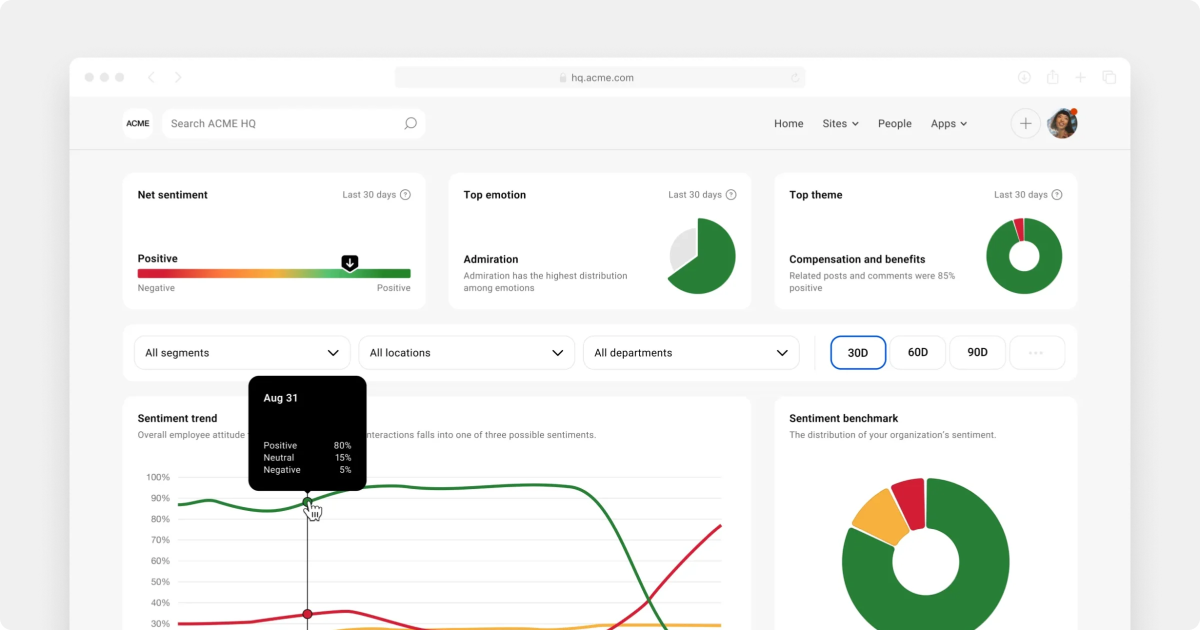
Why is employee listening important?
Employee feedback reveals gaps that leadership cannot see from the top. Workers on the front lines understand workflow problems, customer pain points, and process inefficiencies that never reach executive reports.
Organizations that tap into this knowledge base consistently outperform competitors who rely solely on traditional metrics.
Here are several reasons why leaders should bridge the distance between themselves and their employees by listening to, and acting on, employee feedback.
Employee engagement rises
By actively listening to employees, you demonstrate that their opinions and perspectives are valued. This fosters a sense of employee engagement and empowers employees to contribute their ideas and concerns, leading to higher job satisfaction, commitment, and innovation.
Challenges and opportunities are identified
Organizations can uncover potential challenges and opportunities within the workplace with employee listening. This valuable feedback can help identify improvement areas, whether addressing workflow bottlenecks, enhancing collaboration, or implementing new initiatives to boost productivity and improve workplace culture.
Retention and morale are improved
When employees feel heard and understood, it positively impacts their job satisfaction and confidence. By actively addressing employees’ concerns and implementing improvements based on their feedback, organizations can significantly enhance employee retention rates, reduce turnover, and foster a positive work culture.
Innovation and problem-solving increases
Employees often have unique insights and ideas to drive innovation solve problems within the organization. By actively listening to their suggestions and incorporating them into decision-making processes, companies can tap into diverse perspectives and improve innovation.
Trust and communication grows
Employee listening builds trust between employees and management. When a workforce feels their voices are heard, they are more likely to communicate openly, share ideas, and collaborate effectively. This open communication fosters a company culture of trust, transparency, and mutual respect within the organization.

Strategies for effective employee listening
Transparency is key
To successfully implement an employee listening strategy in your company, transparency is paramount. Collecting data from your employees without their knowledge can cause legal problems and trust issues. However, when you involve them in this process, they become more open to its benefits, strengthening the culture of trust and empowerment within your organization.
Address the feedback, not the identity
Receiving negative feedback can be difficult, but finding out who said what goes against the core principles of employee listening. Instead, the focus should be on what was said and how to take action based on that feedback.
Unless there are exceptional circumstances, respecting anonymity and prioritizing addressing the feedback rather than identifying specific individuals is vital.
Focus on employee contributions
Gather information that helps you understand how well employees perform, not how much they appear to do. Counting how many times an employee opens a document or swipes their badge in a week doesn’t show productivity or engagement. Instead, focus on information directly reflecting their performance and contribution to the company’s success. With the help of prescriptive analytics, this approach guides you toward achieving your goals.
Use data to make intentional decisions
After listening to your employees and gathering their thoughts, put that information into action. Refrain from rushing to conclusions without understanding the insights properly. Take your time to get the full picture before making big decisions.
Be aware of systemic constraints that can affect employees’ performance, like having to complete hours of time-consuming and tiring paperwork every day. Technology can streamline and eliminate those extra tasks and help employees be more productive and satisfied.
Listen and get feedback from employees regularly
Regularly and consistently check how well your listening efforts are working and evaluate and identify areas for improvement. This ensures that your strategies for listening to employees consistently improve and continue to make a positive impact.
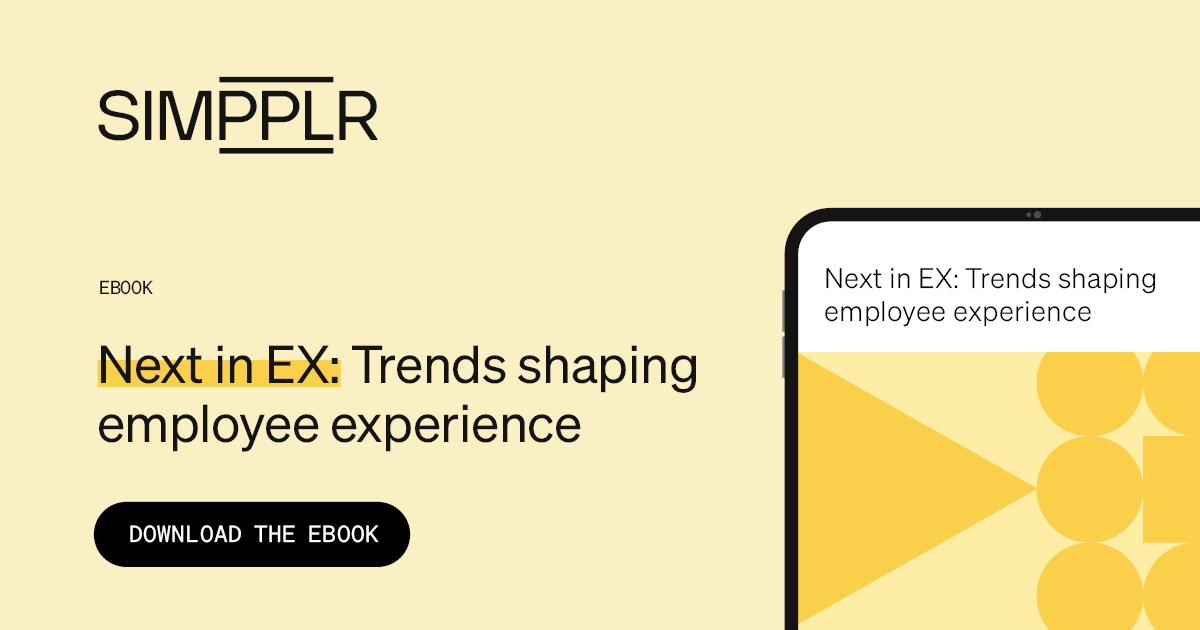
Make employee listening a companywide priority
Employee listening works most effectively when it becomes part of how your organization operates, not something you remember to do a few times a year.
When you prioritize employee listening, you create an environment where people feel comfortable sharing what they actually think — about processes, problems, and possibilities for improvement.
Most organizations say they value feedback, but few have the systems in place to capture it meaningfully, let alone act on it. Effective employee listening requires more than occasional surveys or open-door policies. It demands consistent, structured opportunities for employees to share what’s working, what’s not, and where they see potential for change.
Simpplr’s AI-powered employee surveys enable strategic listening and feedback collection to give you those opportunities. Simpplr’s platform brings together pulse checks, engagement surveys, and all-purpose feedback tools, enabling both structured and passive listening.
Whether it’s sentiment, satisfaction, or emerging concerns, the feedback functionality synthesizes input from across the employee experience into real-time, role-based dashboards. This gives leaders and communicators actionable perception insights in real-time, seamlessly embedded within the intranet and scalable across the organization. Simpplr offers leaders a dynamic view of the employee experience without having to dig through raw data or guess what to prioritize.
With Simpplr, you can turn everyday interactions into insight so you can respond faster, lead with confidence, and build a culture of trust.
Ready to see how Simpplr can help you capture actionable employee feedback? Request a demo today.

Watch a 5-minute demo
See how the Simpplr employee experience platform connects, engages and empowers your workforce.
- #1 Leader in the Gartner Magic Quadrant™
- 90%+ Employee adoption rate


